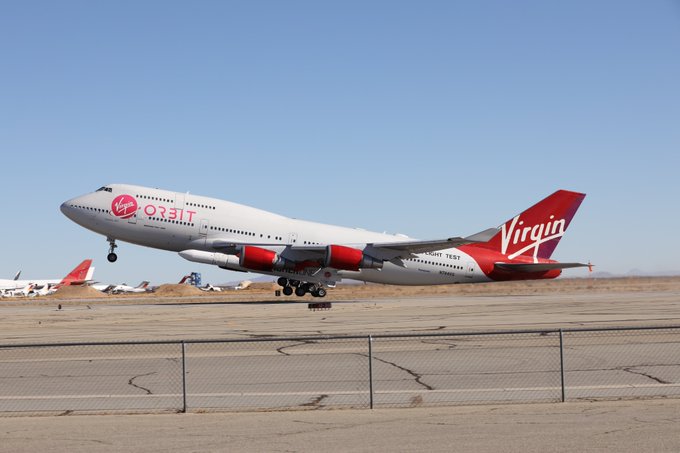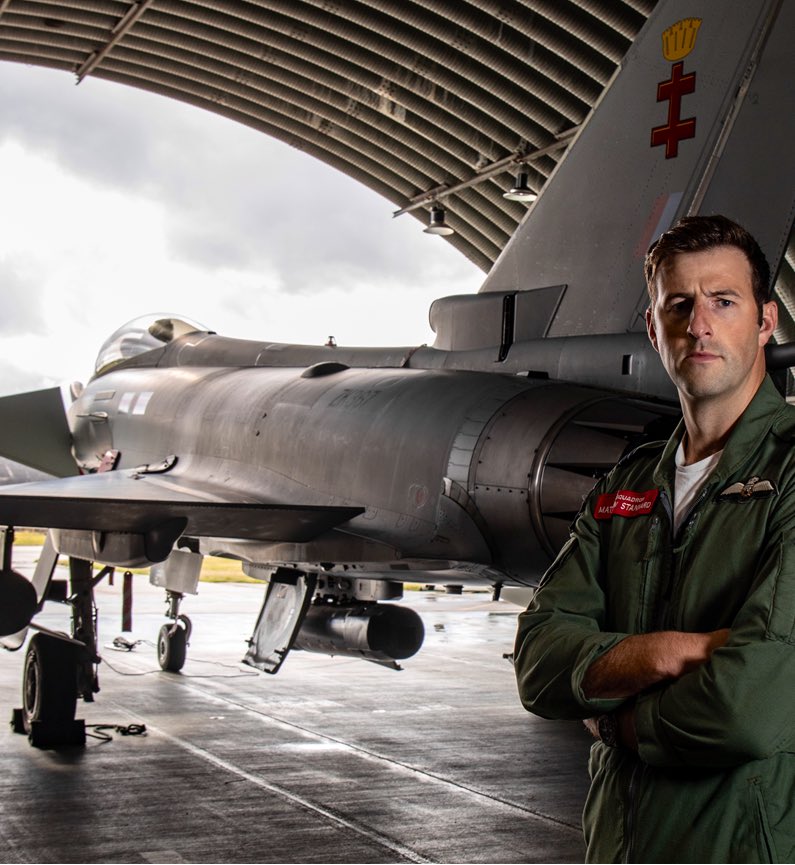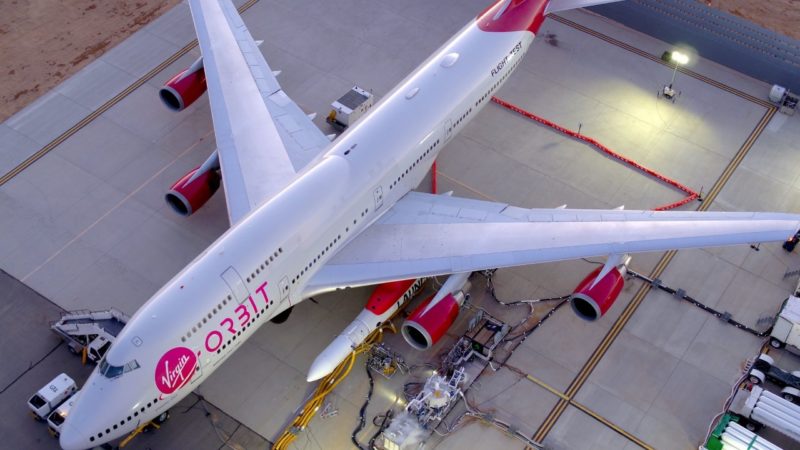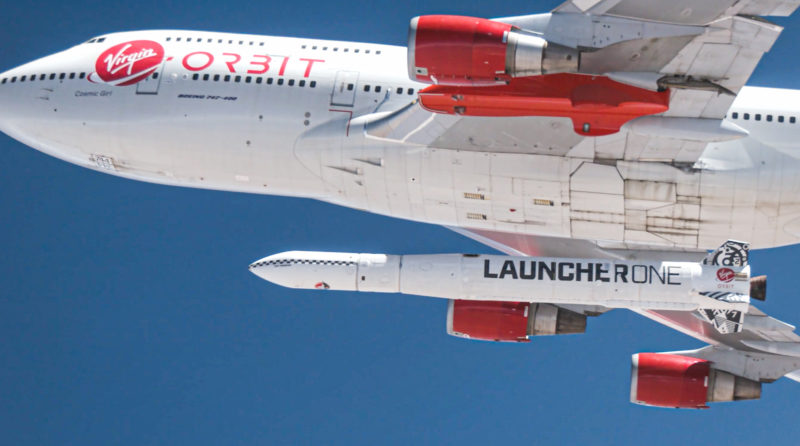Druga próba LauncherOne 17.01. o 18:38 z pasa 12/30 w Mojave Air and Space Port wystartował samolot Boeing-747-400 "Cosmic Girl".
Podwieszona pod nim rakieta LauncherOne została zrzucona o 19:38:51, a 3,25 sekundy później nastąpił zapłon
silnika NewtonThree jej pierwszego stopnia. Rakieta wyniosła w T+55' 50" na orbitę o parametrach: hp=492 km,
ha=518 km, i=60,7° satelity NASA programu ELaNa XX: CACTUS 1, CAPE 3, ExoCube 2 (CP 12), MiTEE 1,
PICS 1, PICS 2, PolarCube, Q-PACE, RadFxSat 2 (Fox 1E) i TechEdSat 7. Pierwszy lot rakiety w dniu 25.05.2020
zakończył się niepowodzeniem.
http://lk.astronautilus.pl/n210116.htm#01
 Virgin Orbit LauncherOne launches NASA’s ELaNa 20
Virgin Orbit LauncherOne launches NASA’s ELaNa 2048 966 wyświetleń•18 sty 2021
ACM Sir Mike Wigston@ChiefofAirStaffCongratulations to all @VirginOrbit for the successful launch on Sunday. We are immensely proud that our Test Pilot, FLt Lt Stannard, was part of the team and this historic achievement #ResponsiveSpace #Innovation #RAFSpace #NextGenAF #TheNext100years #TeamARTEMIS @RoyalAirForce

4:47 PM · 20 sty 2021
https://twitter.com/ChiefofAirStaff/status/1351919287640985605LauncherOne dołączył do "ligi" skutecznych systemów nośnych18 stycznia 2021, 14:27
Lekka rakieta nośna LauncherOne zanotowała w niedzielę 17 stycznia br. długo oczekiwany pomyślny lot testowy, docierając po raz pierwszy ponad umowną granicę przestrzeni pozaziemskiej (znacząco ponad linię Kármána na wysokości 100 km nad Ziemią) i rozmieszczając przewożony ładunek satelitarny na orbicie. Nastąpiło to podczas drugiego z dotychczasowych startów systemu nośnego firmy Virgin Orbit - wcześniejszy, wykonany w maju 2020 roku debiutancki lot nie był udany.Lot z 17 stycznia 2021 roku przyniósł pierwsze praktyczne potwierdzenie użytkowej skuteczności rakiety kosmicznej firmy Virgin Orbit. Próba umożliwiła wyniesienie na niską orbitę okołoziemską 10 lekkich satelitów.
LauncherOne rozpoczął swój samodzielny lot odpaleniem spod kadłuba specjalnie przystosowanego samolotu Boeing 747-800 (przydomek Cosmic Girl), co nastąpiło u wybrzeży południowej Kalifornii w niedzielę ok. godz. 20:39 czasu polskiego (CET).
Cała platforma wystartowała blisko godzinę wcześniej (19:38) z ośrodka na pustyni Mojave w Kalifornii (Mojave Air and Space Port).
W porównaniu do zeszłorocznej majowej próby, tym razem silnik główny rakiety LauncherOne (NewtonThree) zadziałał prawidłowo, utrzymując pracę przez wyznaczone trzy minuty, po czym nastąpiło jego oddzielenie i zapłon silnika drugiego stopnia - NewtonFour. Napęd wtórny pracował w trybie ciągłym przez prawie sześć minut. Rozmieszczenie przewożonego ładunku obejmującego 10 lekkich satelitów nastąpiło po blisko 45 minutach od odpalenia - na wysokości ok. 500 km nad Ziemią. Udane wykonanie procedury potwierdzono ponad godzinę później.
„Nowe wrota kosmosu właśnie się otworzyły” - skomentował po udanym starcie Dan Hart, prezes i dyrektor generalny Virgin Orbit. Zadowolenie jest uzasadnione - udane wystrzelenie było symbolicznym zwieńczeniem programu rozwojowego, którego początki sięgają jeszcze lipca 2012 r. Związane są one z wczesną działalnością Virgin Galactic (inna firma tej samej branży przynależąca do Virgin Group, koncernu brytyjskiego miliardera Richarda Bransona), która ogłosiła wówczas zamiar opracowania lekkiego pojazdu startowego stosowanego zamiennie z suborbitalnym samolotem transportu załogowego, SpaceShipTwo.
Według tego pierwotnego pomysłu LauncherOne miał być odpalany - podobnie jak SpaceShipTwo - z pokładu uniwersalnej dwukadłubowej platformy lotniczej WhiteKnightTwo. Później jednak firma zweryfikowała swoje oczekiwania i zdecydowała się nabyć samolot Boeing 747 do wykorzystania jako nosiciela rakiety kosmicznej. W ten sposób Virgin Galactic wydzielił projekt LauncherOne w ramach osobnej firmy Virgin Orbit, co nastąpiło w 2017 roku.
Klientem misji Launch Demo 2 była NASA, na podstawie kontraktu zawartego w 2015 roku w ramach programu Venture Class Launch Services. Program ma na celu wsparcie początkujących producentów lekkich pojazdów startowych. Jej częścią była właśnie dostawa orbitalna ELaNa 20 z ładunkiem 10 cubesatów, zgłoszonych przez ośrodki uniwersyteckie i współdziałające z nimi podmioty.
Mimo zaangażowania pełnoprawnego ładunku, Virgin Orbit przed startem zaznaczył, że podstawowym celem misji pozostaje potwierdzenie sprawności samego pojazdu. Pierwszy lot LauncherOne w maju 2020 roku nie powiódł się, a maszyna przestała działać kilka sekund po zapłonie silnika segmentu głównego rakiety (NewtonThree, N3). Dochodzenie wykazało rozerwanie przewodu doprowadzającego utleniacz, co spowodowało wyłączenie napędu. Warto nadmienić, że LauncherOne jako jedyny dotąd lekki system nośny odpalany spod płatowca działa w oparciu o ciekły materiał pędny (nafta lotnicza RP-1).
Po zidentyfikowaniu wady inżynierowie Virgin Orbit zmodyfikowali podzespołysystemu paliwowego w celu rozwiązania problemu, sprawdzając poprawki w trakcie testów naziemnych na stole wibracyjnym i podczas statycznych rozruchów silnika. Firma dopracowała przy tym również pod tym kątem silnik drugiego stopnia, NewtonFour.
Udane wystrzelenie oznacza dla Virgin Orbit przejście do komercjalizacji rozwiązania oraz przygotowania do realizacji misji z udziałem klientów zewnętrznych. Choć dotąd nie ujawniono planów następnego startu, Hart przyznał, że kierowana przez niego firma montuje użytkową rakietę LauncherOne. Maszyna ma być w gotowości do lotu w ciągu najbliższych kilku tygodni.
Jak podkreśla dalej szef Virgin Orbit, usługi w oparciu o loty lekkiego systemu LauncherOne skupiają rosnące zainteresowanie ze strony amerykańskich instytucji bezpieczeństwa narodowego. „Rynek trochę się zmienił, a posunięcia podjęte przez rząd otwierają tam nowe możliwości i jesteśmy na tym bardzo skoncentrowani” - powiedział. Segment ten ma zasilić zakres dotychczas deklarowanych kontrahentów, wśród których znajdują się póki co przede wszystkim NASA i inne narodowe agencje kosmiczne oraz prywatni twórcy superkonstelacji złożonych z pomniejszych obiektów.https://www.space24.pl/wiadomosci/launcherone-dolaczyl-do-ligi-skutecznych-systemow-nosnychVirgin Orbit's LauncherOne Reaches Space, Deploys Payloads for NASA, AcademiaBy Ben Evans, on January 17th, 2021
 Photo Credit: Virgin Orbit
Photo Credit: Virgin OrbitThe two-stage LauncherOne vehicle—which stands 70 feet (21 meters) tall and can insert payloads weighing up to 660 pounds (300 kg) into a 310-mile-high (500 km) orbit—was air-launched over the Pacific Ocean from beneath the port-side wing of Virgin Orbit’s modified Boeing 747 carrier aircraft, nicknamed “Cosmic Girl”. Today’s success makes LauncherOne only the second successful demonstration of an Air Launch to Orbit (ALTO) system.
“From a technical perspective, air launch has a lot of benefits,” said Virgin Orbit’s director of mission management Jeff Kwong. “We can target any orbit with our mobile launch system and our aircraft-like operations, small launch support footprint and trailerized equipment can be ready to support launches in a short timeframe. This is ideal for responsive launch, a capability that many customers have been and will continue to be interested in.”
Laden with nine CubeSat payloads, today’s flight was the 20th mission in NASA’s Educational Launch of NanoSatellites (ELaNa-20) series. Experimenters from Capital Technology University of Laurel, Md., the University of Louisiana at Lafayette, California Polytechnic University at San Luis Obispo, the University of Michigan at Ann Arbor, Brigham Young University in Provo, Utah, the University of Colorado at Boulder, the University of Central Florida at Orlando, Vanderbilt University of Nashville, Tenn., and NASA’s Ames Research Center (ARC) at Moffett Field, Calif., provided a group of payloads with a wide-ranging scope of objectives.
These include tackling microscopic space debris with an aerogel capture device, forecasting space weather and measuring atomic and ionic substances in Earth’s exosphere. A smallsat-tether system will be deployed for electrodynamic research and controllability, two satellites will demonstrate the inspection, maintenance and assembly of other spacecraft and a two-way amateur radio communications system will be evaluated. One payload will trial a mechanism called “ExoBrake” to effect a rapid re-entry of a satellite after 60 days in orbit. (...)
Flying Cosmic Girl out of Mojave today was Pilot-in-Charge (PIC) Kelly Latimer, joined by Todd Ericson and launch engineers Bryce Schaefer and Sarah Barnes, together with Virgin Orbit’s new chief pilot Eric Bippert. “A beautiful takeoff,” tweeted Virgin Orbit. “Cosmic Girl and LauncherOne are officially airborne for our second orbital launch demonstration.”
The aircraft and its oversized cargo entered the racetrack about a half-hour later and the flight crew pressed directly into their final checks before the Terminal Countdown Autosequence. “Emphasis on the “auto” here,” Virgin Orbit tweeted, “as once that’s triggered, LauncherOne’s computers will begin to take full control of the system before release and ignition.” The moment of truth came just before 11:39 a.m. PST. “Confirming a clean release from the aircraft and a perfectly executed ignition of our main stage engine, NewtonThree,” came the tweet.
Following the smooth air-launch, as planned, Cosmic Girl banked sharply away from the rapidly descending LauncherOne. And this time around, the powerful NewtonThree burned on time and burned satisfactorily for three perfect minutes, shutting down at T+187 seconds and separating from the stack at T+190 seconds.
“Still got a ways to go, but we just confirmed successful stage separation,” Virgin Orbit tweeted at 11:43 a.m. PST. “This is a huge milestone and the furthest our rocket has flown yet.”
 Virgin Orbit’s air-launched LauncherOne booster has completed its first successful trek to low-Earth orbit. Photo Credit: Virgin Orbit
Virgin Orbit’s air-launched LauncherOne booster has completed its first successful trek to low-Earth orbit. Photo Credit: Virgin OrbitWith the first stage gone, the turn came for LauncherOne’s second stage, powered by a single NewtonFour engine with a thrust of about 6,000 pounds (2,700 kg). It ignited a few seconds later and burned for more than four minutes, during which time the booster’s payload fairing was jettisoned. The engine fell silent, as intended, a little over nine minutes after leaving Cosmic Girl’s clutches.
“According to telemetry, LauncherOne has reached orbit,” tweeted Virgin Orbit at 11:49 a.m. PST. “Everyone on the team who is not in Mission Control right now is going absolutely bonkers. “Even the folks on comms are trying really hard not to sound too excited.”
https://www.americaspace.com/2021/01/17/virgin-orbits-launcherone-reaches-space-deploys-payloads-for-nasa-academia/https://blogs.nasa.gov/kennedy/2021/01/17/elana-20-cubesats-deployed/https://www.theverge.com/2021/1/17/22221212/virgin-orbit-rocket-test-launch-satellites-nasa-bransonhttps://www.scientificamerican.com/article/virgin-orbits-first-launch-of-2021-is-imminent/https://www.nasaspaceflight.com/2021/01/launcherone-second-attempt-nasa-cubesats/TSR
https://www.forum.kosmonauta.net/index.php?topic=4134.msg156816#msg156816AA
https://www.forum.kosmonauta.net/index.php?topic=3726.msg156340#msg156340CACTUS 1
https://space.skyrocket.de/doc_sdat/cactus-1.htmExoCube 2
https://space.skyrocket.de/doc_sdat/exocube.htmMiTEE 1
https://space.skyrocket.de/doc_sdat/mitee.htmPolarCube
https://space.skyrocket.de/doc_sdat/polarcube.htmQ-PACE (SIMPLEx 2)
https://space.skyrocket.de/doc_sdat/q-pace.htmTechEdSat 7 (TES 7)
https://space.skyrocket.de/doc_sdat/techedsat-7.htmCAPE 3
https://space.skyrocket.de/doc_sdat/cape-3.htmRadFxSat 2 (Fox 1E, Evolution)
https://space.skyrocket.de/doc_sdat/fox-1e.htmPICS 1
https://space.skyrocket.de/doc_sdat/pics.htmPICS 2